Deck & Commander Strategies

Velomachus Lorehold
Aggressively swings with a flying, vigilance, haste dragon to trigger casting of instant and sorcery spells from the top of the library for free, generating card advantage and board presence.

Krenko, Mob Boss
Produces large numbers of goblin tokens each turn to overwhelm opponents through token swarm and go wide strategies.
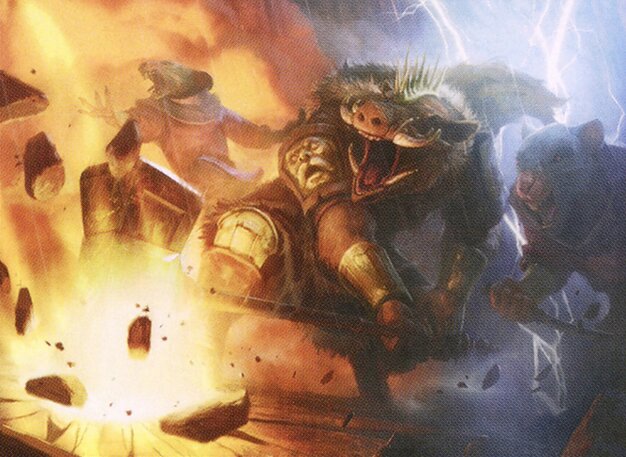
Raggadragga, Goreguts Boss
Leverages Mardu tribal synergies focusing on aggressive creatures and tribal buffs to maintain board pressure and execute early game aggression.
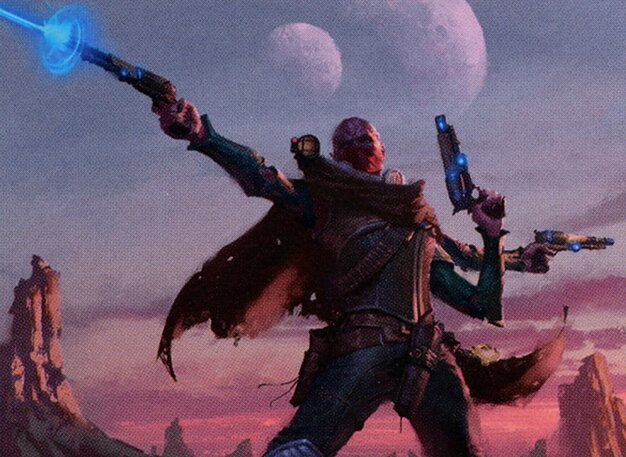
Ghyrson Starn, Kelermorph
Likely focuses on graveyard recursion and value generation, utilizing the commander’s ability to manipulate the graveyard and create persistent threats.
Gameplay Insights
- 1
Spencer’s careful use of Velomachus Lorehold’s ability to play spells from the top of his library for free allowed him to maintain card advantage and tempo without resorting to board wipes.
- 2
Lucas focused on building a large board of goblin tokens early, which created a significant threat that forced opponents to respond or be overwhelmed.
- 3
Dave’s explosive turn one with mana acceleration and aggressive creatures set the pace for early game pressure, demonstrating the power of Mardu tribal synergy.
- 4
Players showed restraint in using board wipes, opting instead for targeted removal and combat interactions, which kept the board state dynamic and interactive.
- 5
The game featured multiple strategic interactions around protecting key creatures and maximizing commander abilities, emphasizing the importance of timing and resource management.
Notable Cards
-

Velomachus Lorehold
-
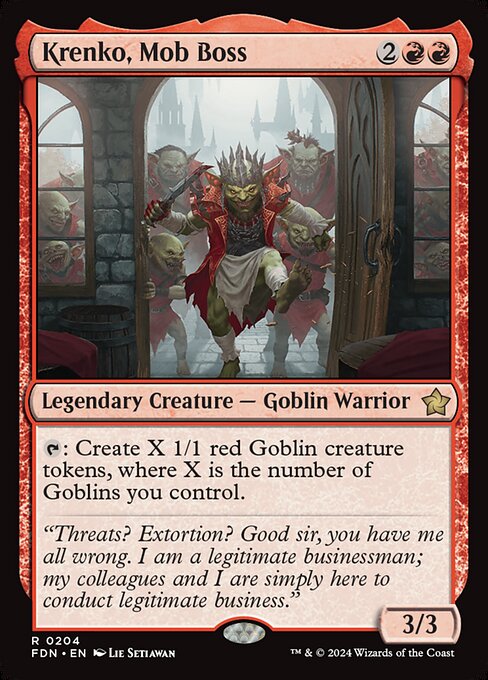
Krenko, Mob Boss
-

Raggadragga, Goreguts Boss
-
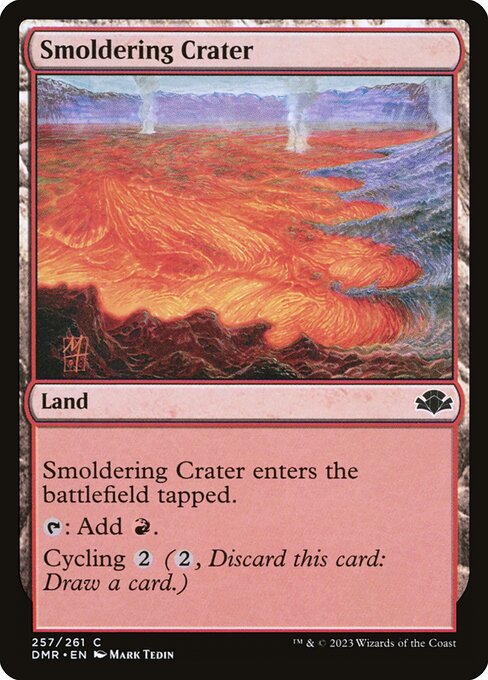
Smoldering Crater
Gameplay Summary
The game featured a dynamic multiplayer Commander match with four different decks piloted by John, Lucas, Spencer, and Dave.
Early turns saw players ramping up their mana and developing their board states.
Spencer, playing Velomachus Lorehold, aimed to leverage his flying, vigilance, and haste dragon to attack and cast spells for free from the top of his library, focusing on spell synergy and aggression.
Lucas, with Krenko, Mob Boss, focused on producing a swarm of goblins to overwhelm opponents through sheer numbers.
Dave's Raggadragga, Goreguts Boss deck revolved around a Mardu tribal theme, likely focusing on aggressive creatures and tribal synergies.
John’s Ghyrson Starn, Kelermorph deck, though not deeply detailed in the transcript, likely centered on graveyard recursion and value generation given the commander’s abilities. As the game progressed, Spencer executed his strategy by swinging with Velomachus Lorehold, triggering the card advantage and casting impactful spells that shaped the board.
Lucas steadily grew his goblin horde, putting pressure on other players with increasing token production.
Dave’s aggressive Mardu tribal deck made explosive plays early with mana acceleration and powerful creatures, aiming to keep up the tempo.
The game featured multiple interactions where players attempted to disrupt one another, with key turning points occurring around Velomachus Lorehold’s ability to cast spells for free and Krenko’s token generation pushing the board state.
The match's win condition leaned heavily on maintaining board control through efficient creature deployment and capitalizing on powerful commander abilities to outpace opponents.



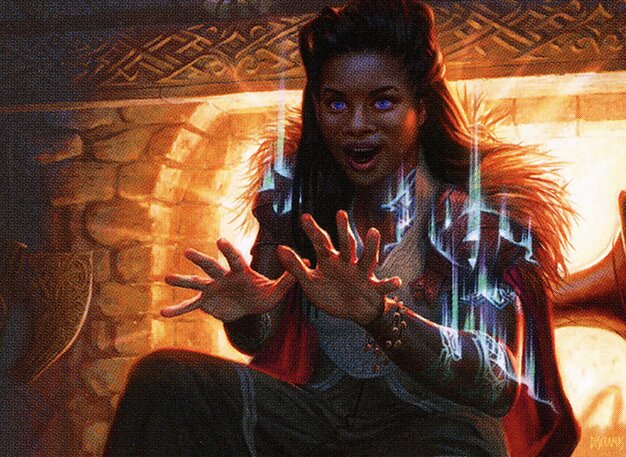


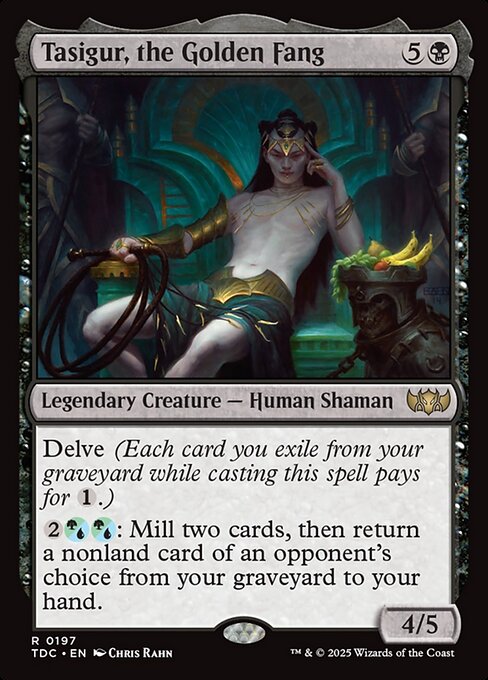























![Commander Versus Series: Deck Tech - Krenko v. Rhys v. Kangee v. Yeva [MTG Multiplayer] thumbnail](https://i.ytimg.com/vi/dUX1ieofYg0/sddefault.jpg)
![Commander Versus Series: Krenko v. Rhys v. Kangee v. Yeva [MTG Multiplayer] thumbnail](https://i.ytimg.com/vi/7UX55YdwDR4/sddefault.jpg)




![Commander VS S14E6: Depala vs Zur vs Tasigur vs Jeleva [EDH] thumbnail](https://i.ytimg.com/vi/5ukCL9oaRww/sddefault.jpg)
![Commander VS S7E1: Dune-Brood vs Ulasht vs King Macar vs Tasigur [MTG] thumbnail](https://i.ytimg.com/vi/Pgz8174J9dw/sddefault.jpg)
![Commander VS S5E1: Liliana vs Tasigur vs Kangee vs The Mimeoplasm [MTG Multiplayer] thumbnail](https://i.ytimg.com/vi/u35l-cgkQEY/sddefault.jpg)
![Commander Versus Series: Deck Tech - Alesha v.Yasova v. Tasigur v. Shu Yun [MTG Multiplayer] thumbnail](https://i.ytimg.com/vi/kaP2tpQL_pM/sddefault.jpg)
![Commander Versus Series: Alesha v.Yasova v. Tasigur v. Shu Yun [MTG Multiplayer] thumbnail](https://i.ytimg.com/vi/H-r66JJFVLQ/sddefault.jpg)




![Commanders of Baldur's Gate Showcase [Commander VS 297] | Magic: the Gathering Commander Gameplay thumbnail](https://i.ytimg.com/vi/Z5TTX2J1LjQ/sddefault.jpg)






















![Teysa vs Sakashima//Vial Smasher vs Lathril vs Birgi [EDH/Commander, MTG Gameplay] 2021 thumbnail](https://i.ytimg.com/vi/Fll5BVOlkug/sddefault.jpg)




